The multi-layered garden looked perfect. There were tiny pebbles surrounding the indoor miniature pond. As Amrita opened up her month’s electricity bill, she was rather happy that the bill had decreased ever since she had given up the junky urban decorative items and a myriad of lamps to green landscaping. She thanked her stars that she got inspired by the terrace garden she had seen in the movie ‘Just Like Heaven’.
Green landscaping is an effective way to not only add to the aesthetic value of your house, it also saves energy, hence, saves money. It is a much cheaper, greener and efficient alternative to conventional landscaping techniques. It does not involve the harmful chemicals and materials that are employed by landscaping techniques. Addition of plants in any space is always a welcome idea. Also, no matter how small or large your space is, green landscaping has something for everyone. It also saves money spent on temperature controlling in your home.
There are certain things that you need to keep in mind before considering the type or design of green landscaping that you would like to use in your home:
- Climate: You need to design in accordance with the climate of your region. If you live in semi arid or arid regions then you would need special irrigation systems for your plants. On the other hand, tropic and temperate regions will support a large variety of plants without much effort on the irrigation as these regions already receive a lot of rainfall and humidity.
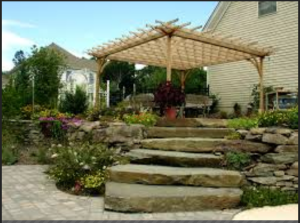
- Region: The region you stay will determine the species and families of plant life that can be supported in that set of weather and soil conditions. Mountainous regions would require plant species that grow in rocky soil and colder temperatures. On the other hand, marshy regions would support plants that need standing water around their roots and a high rate of humidity.
- Indigenous plants: The key to green landscaping is the use of local and indigenous plants. Not only does it save money and effort on maintenance, it also saves exotic plants from local pests and diseases. Using local plants somewhat eliminates the pest risk as they grow resistance in some form or the other. Also, indigenous plants have nutritional requirements suited to your local region and you end up saving money on imported fertilizers and plant nutrient solutions.
Although there a lot of methods employed in green landscaping, there are five basic techniques that help you save money on cooling and heating bills, energy and efficient use of your space. What’s more, you can plan the design and details all by yourself and don’t need to call in an expert!
1. Landscape Shading: Simply planting a tree can effectively cut down heat radiations reaching your house and thus will put less strain on your air conditioner. The larger the tree, more is the shade. The growth rate of the tree is crucial. Trees like peepal grow quickly and spread in a large diameter. It is vital to plant it farther away from the house so that it doesn’t break into the building while growing (yes, that can happen!). If you need shade only during the summers, make sure to plant a deciduous tree like neem.
2. Landscape Windbreaks: Slowing down the chilly gusts during winters or the hot, dusty ones during a summer by the use of wind breaking trees can help save electricity bills and keep the temperature conducive naturally. Evergreen plants cut in a low fence is a good option at slowing down wind velocity. The wind is not only slowed down but cool, moist breeze through the plants is also sent into your house during the scorching summers. Having the larger trees away and the smaller shrubs closer to your house, a dead air space is created which prevents the cold winds from entering your house during the winters. In this way, you have not only created a bi-layered aesthetic row of greens but you have also insulated your house the green way.
3. Landscaping with green materials: Landscaping with eco-friendly materials is beneficiary to not only your home and pocket but also keeps the quality of the soil intact. Common materials used in green landscaping (other than plants, of course!) are brick, wood, mulch, wood chip, stone, concrete, etc. However, using regular concrete is not eco-friendly as its manufacturing process produces a large quantity of carbon dioxide, a greenhouse gas. Bricks made in natural gas kiln are better than the ones made from the air polluting wood-fire kilns. Adobe and terra cotta bricks are the most eco-friendly as do not require kilns for their making. Avoid using artificially dyed mulch and rubber mulch. Toxins can be avoided by using quaternary ammonium treated lumber products.
4. Snow Control Landscaping: Coniferous trees make excellent snow fences. The snow is slowed down and can slowly percolate into the ground and becoming a part of groundwater. Taller trees, although less dense are better at keeping out snow mounds during winters. The number of trees depends on how much snow you get.
5. Solar power landscaping: Solar powered lights are much easier to install than electric lights. Also, solar energy is completely eco-friendly as compared to electricity. A large variety of lights and lamps can be found according to everyone’s pocket.
Green landscaping is versatile as you can add your own twist to every article. You can mix two aspects to create your own unique style. Adding creepers around a tall lamp post, making a floor bed on the slopes of your roof, surrounding your pool with money plant strings, etc. you can play with your imagination and the pattern like its Paradise. Go on, spread the green word!
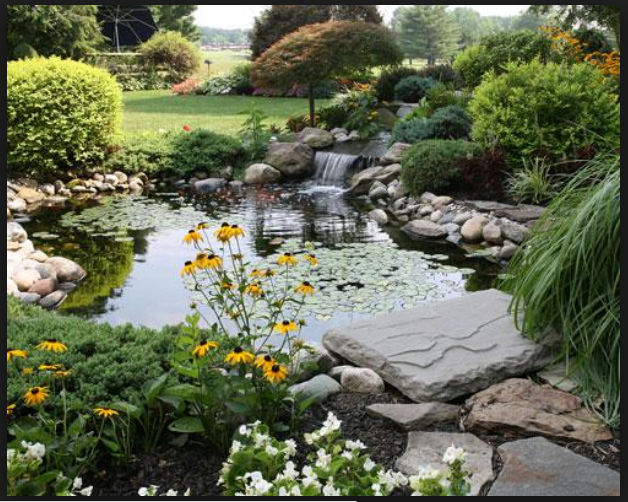
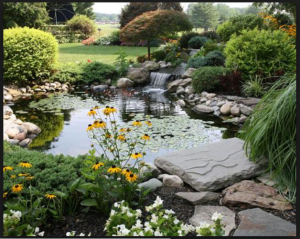
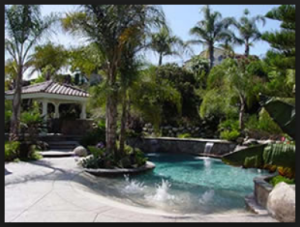
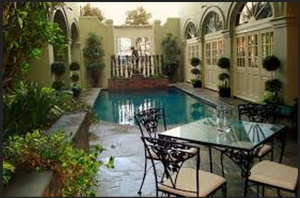

Leave a Reply